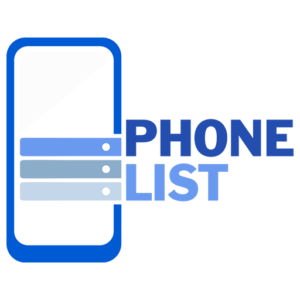First and foremost, your follow-up email should be friendly. Keep it light and conversational, Keep in Mind as if you’re catching up with an old friend.
You want the lead to feel that you are interested in them as a person, not just trying to sell them something.
A follow-up email is not always enough:
In some cases, a single follow-up email is all it takes to continue the conversation (or close the deal).
But in other cases, you may have to send several follow-up emails before getting a response.
For example, if you want to schedule a meeting with someone who is busy, you may have to send a few follow-up emails before that person responds.
If you don’t get a response to your follow-up emails, don’t be ig data afraid to send another email (or even pick up the phone).
The worst that can happen is that they ignore you again, but at least you tried!
Do not overdo it:
That being said, you don’t want to become a nuisance or have your email network ignored.
If you’ve sent a few follow-up emails and still haven’t heard back, it might be time to give up.
There’s no need to keep sending follow-up emails if it’s clear Keep in Mind the other person isn’t interested.
This comes back to your lead management processes and how well you’ve qualified them. If you’re sending follow-up emails to unqualified leads, you’re just wasting your time (and theirs).
Don’t be afraid to follow up:
Many people are afraid of being too “salesy” or pushy when sending follow-up emails.
It is one of the biggest mistakes a salesperson can make.
The truth is that most people appreciate a good follow-up email (as long as it’s not too frequent).
In fact, many studies show that 80% of sales occur only 5 best alternatives to linkedIn for recruiting after at least 5 subsequent contacts.
So don’t be afraid to follow up with your leads.
A little interest can go a long way. The key is finding the right balance between appearing interested and being pushy.
And of course, always use your best judgment.
If you think the person you’re sending these types of emails to Keep in Mind might not appreciate it, it’s probably best to err on the side of caution. But in general, don’t be afraid to follow up!
And that’s it! If you include all these tips in your follow-up email, you’re guaranteed to write a great one.
But there’s one more topic we want to touch on before we finish writing…
Give your leads a choice
Sometimes recipients find it difficult or a little uncomfortable to Keep in Mind receive these types of follow-up emails (even if they are interested in what you have to say).
One way to combat this feeling is to give the recipient an “alternative” in your follow-up email.
For example, you could say something like, “If you’re not interested, usa lists no problem! Let me know and I’ll stop writing to you.”
This gives the recipient permission to leave a conversation they are not interested in, and helps put their minds at ease.
It also shows that you are respectful of their time and not trying to force a sale.






